🪩 Societal Facade 🪩
Project Description
Our project is a piece that symbolizes how the clothes we choose to wear often reflect society, only showing the surface of who the person is. From afar you may see the wearer is complex with a unique personality, hence the patterned mirror textile, but only shows what they want society to see and what society wants to see. But once an individual takes that next step to get to know an individual (Shaking hands), the once reflective mirror lights up and shows infinite depth. We emphasize the importance of personal connection over superficial judgments.
Our medium was heavily around the usage of mirrors as its role is to reflect. While to display human complexity, we used origami as our textile. Origami, despite its complexity, is flexible, compatible and strong, which reflects the fact that humans are strong but malleable and often try to fit into society. The mirror in the middle shows one dimension before interacting with the individual, then everlasting dimensions once activating the light. This displays the vulnerability of the wearer, as you can look within the individual, while intimidating for the viewer, as you can see no end.
Research & Development
[Idea Development]
- Some of the initial ideas we have included:
- a wearable that expands with breathings (visualizing the meditation process)
- We want this to be a part of our final using stepper motors as if it would show more movement.
- The Chakras
- We really like the idea of have our aura being on display, and changing depending on the energy we are focusing on and receiving. We thought it was a fun way to show how we can be affected by others emotions and visa versa.
- Led spiritual aura, herself & the nature are one;
- Kaleidoscopes
- pop-up kaleidoscope | reference
- Kaleidoscope with LED | reference
- We loved the complexity that a kaleidoscope could portray despite the fact that it is an illusion. We wanted to carry this illusion part into our project. Often what we portray to society is just an illusion to who we are, and I (Korrina) love the idea that the kaleidoscope can distort what’s on the surface to something mesmerizing and complex even if when looked with no angled mirrors is just a couple beads, and in our case, a mirror facing society.
- Pop-up book ideas for the mechanisms | reference
- We wanted to experiment with new ways to show dimension and texture, and pop up books are a great way to start.
- Inspiration: photographer/ artist 钱儒雅 |reference
- She used acrylic mirrors to make a whole piece of clothes, and reflected on the connections between people. She said, in an intimate relationship, many people are indulged in themselves and don’t really have to connect to the other party. Just like their reflections on the mirrors, they only focus on themselves, and interact with whatever they want to interact with. (在亲密关系中,很多人只是沉迷于在这段关系里的自己,不需要真正碰触到另外一个人,就像那面镜子上映射的虚像。)
- Sketch
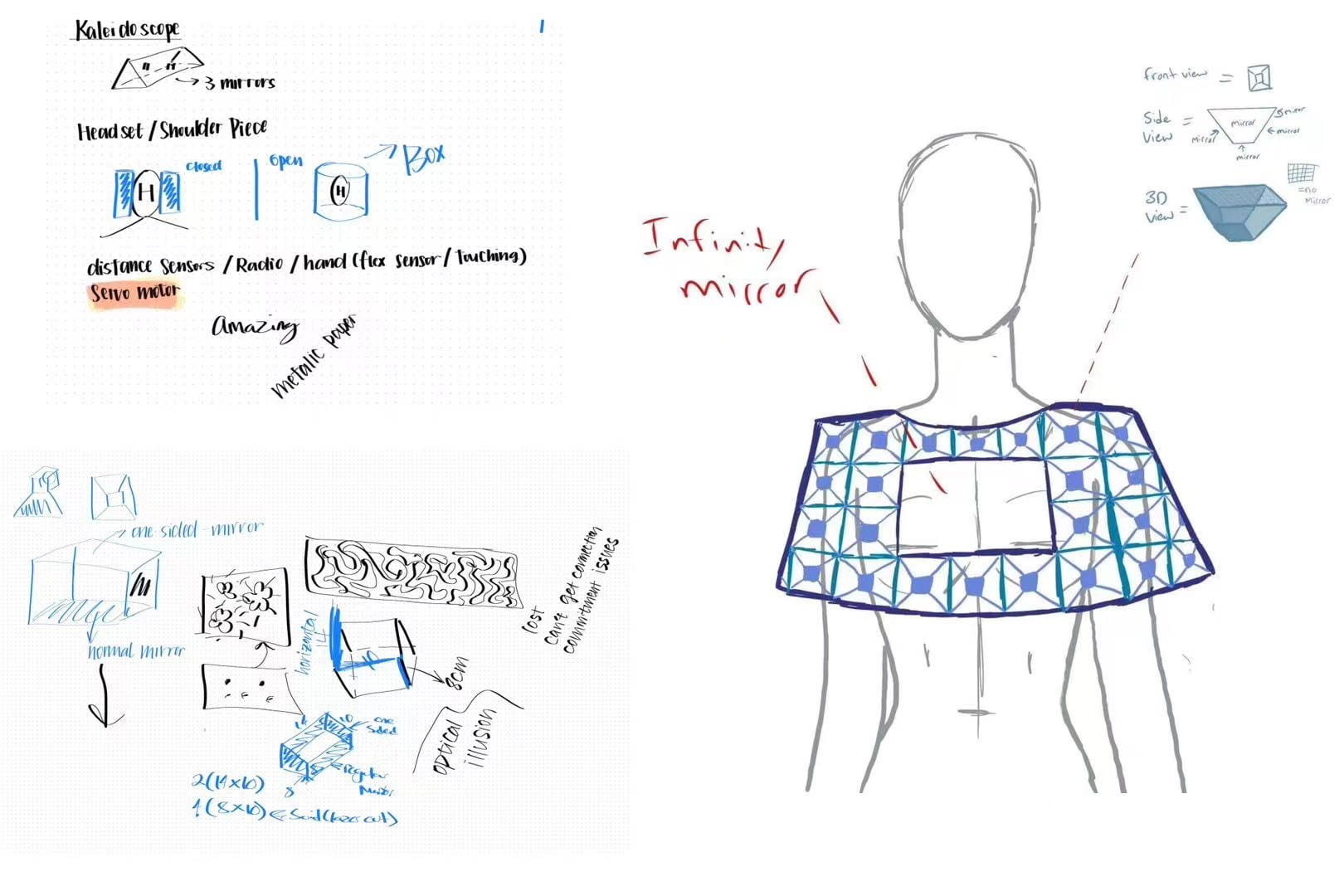
[Research]
- As we are thinking about human interactions, we looked for data on social anxiety disorder because initially we wanted to do some designs on the frames around the infinity mirror to reflect the struggles people might experience when interacting with others. This is what we found: The cross-national epidemiology of social anxiety disorder: Data from the World Mental Health Survey Initiative | link
-

I made this table for 3D modeling, but eventually we didn’t go with this idea [Origami]
- Paper folding tutorial: https://youtu.be/RVDDoDSinx0?si=3sDEfageL3qkyKMk
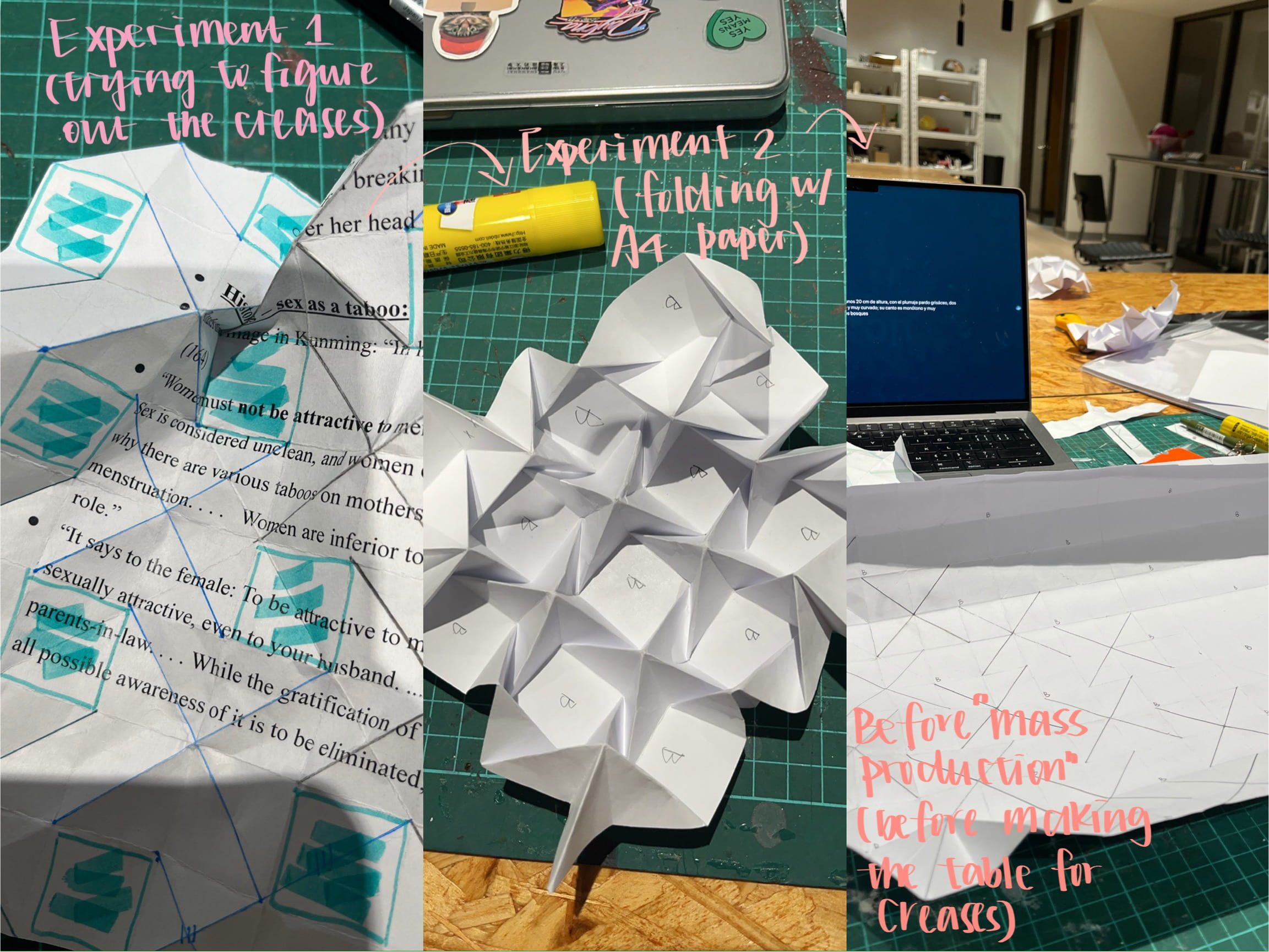
-
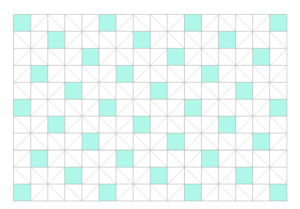
for mass production [Coding]
- The coding process started with the microbits codes we used for Week3’s exercise. Eventually we replaced the sensor with a button.
- (Questions Yelena has) What does “serial write value” mean? | reference
- “Basically, this allows you to send data from the micro:bit to your own computer. This is very useful for debugging purposes: you can add write line statements in your code and see them display on your computer as the program executes.” → so this is a bit similar to “console.log” ….?
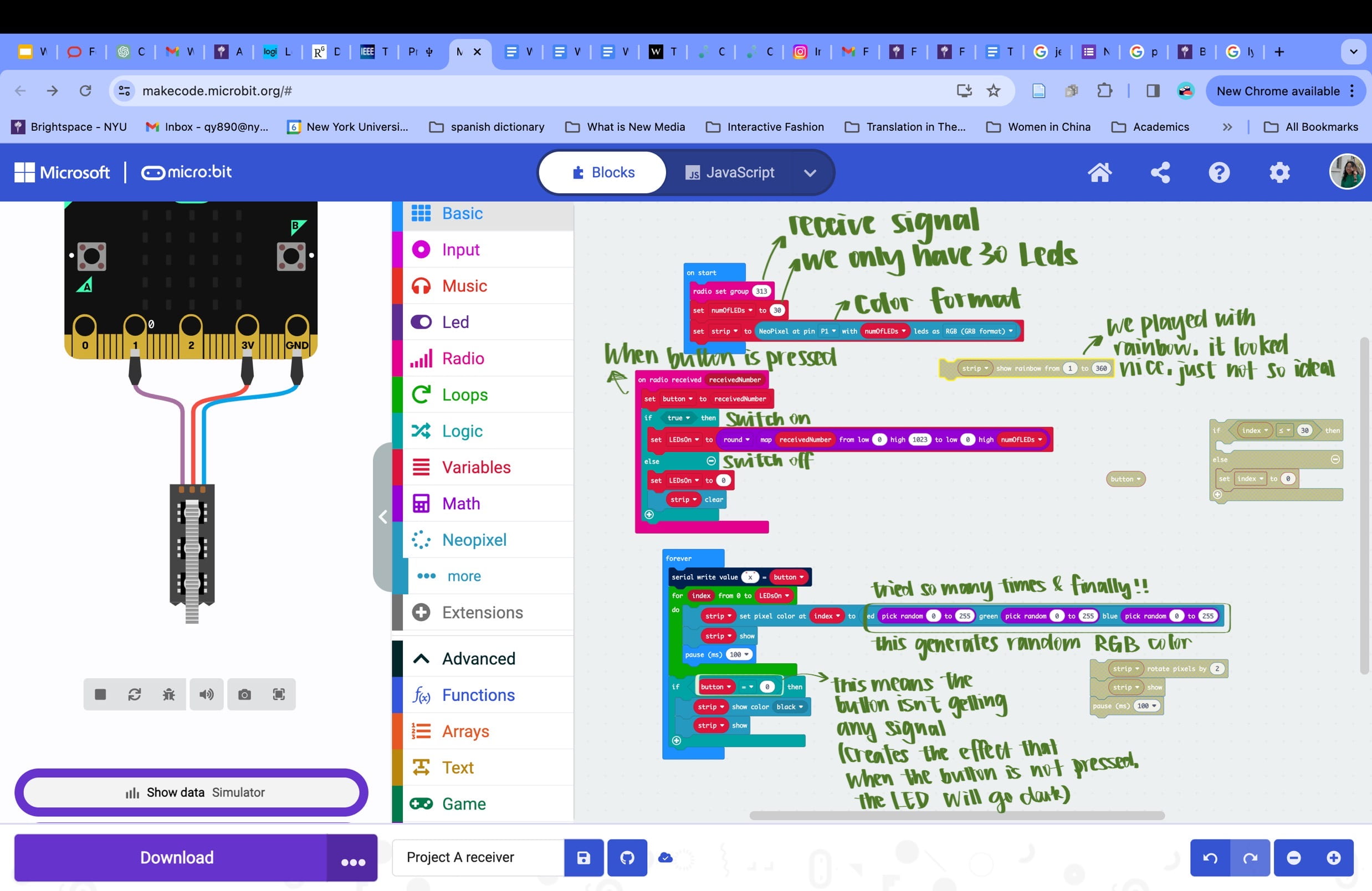
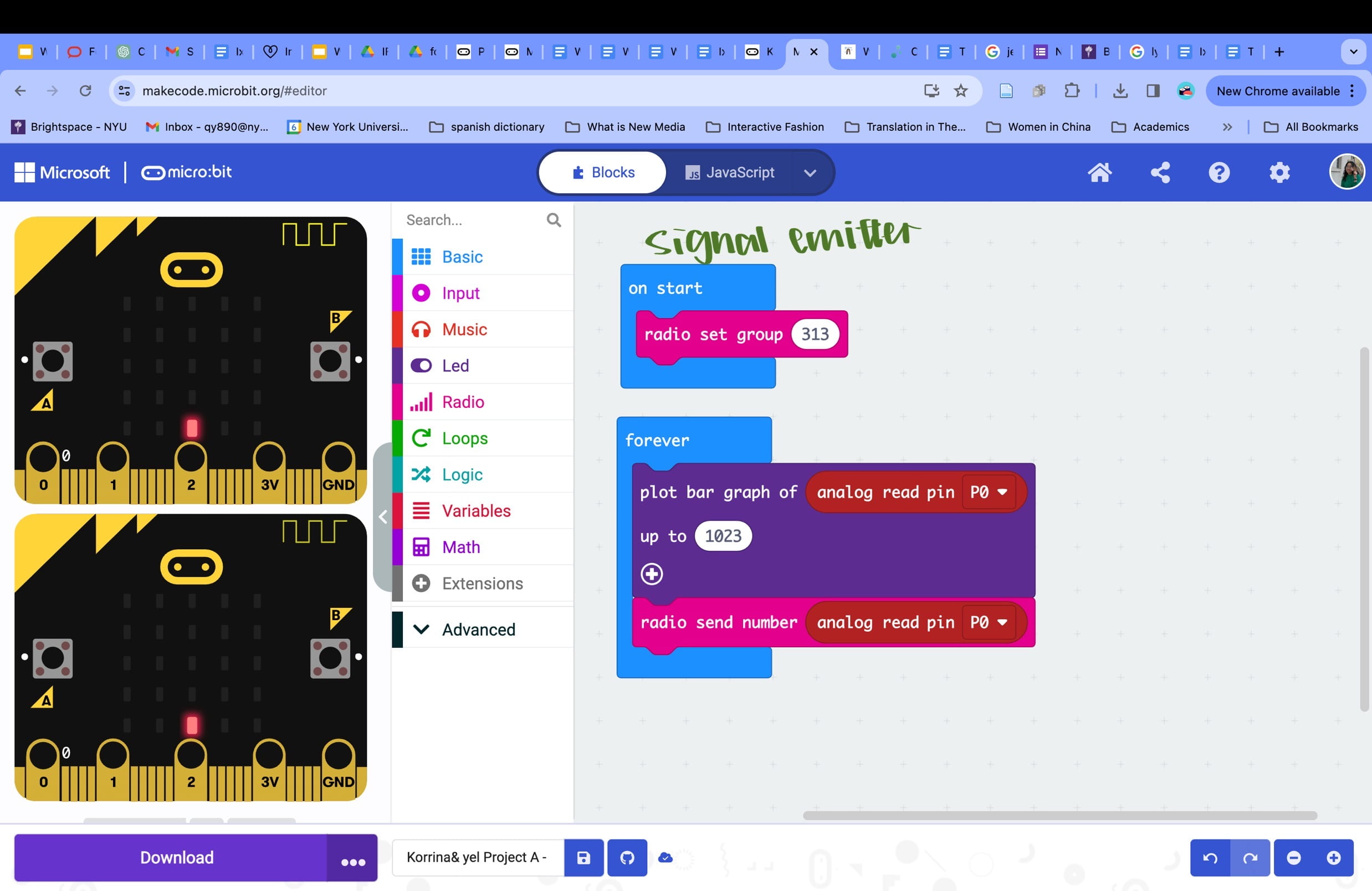
-
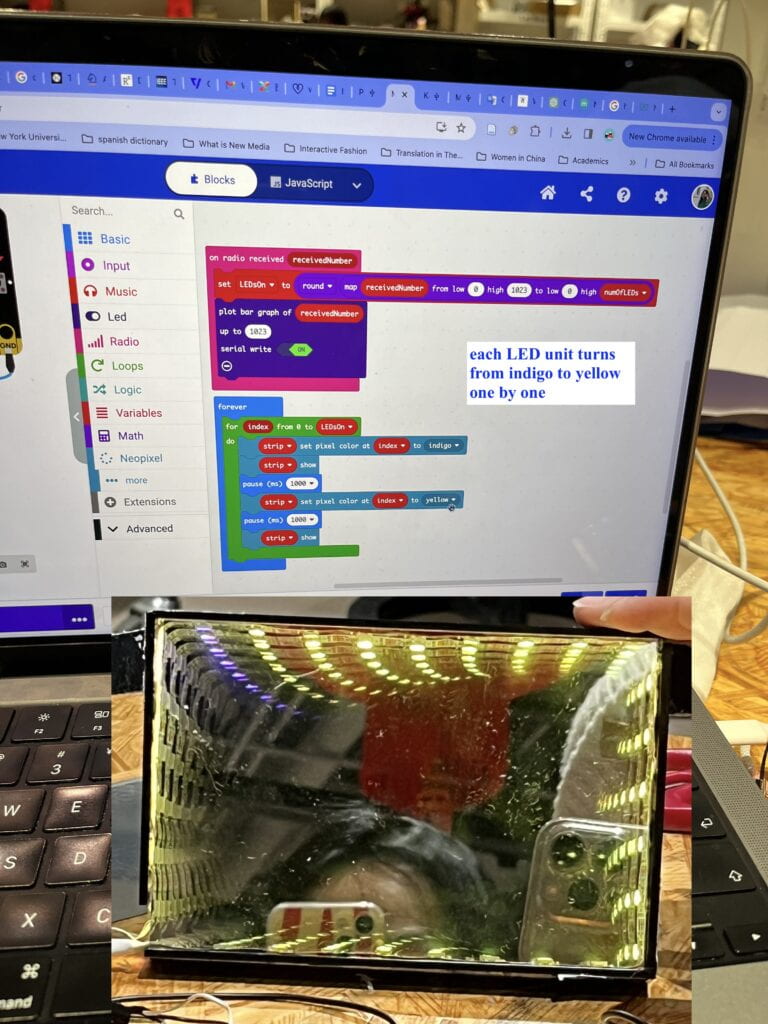
the few documentations we have during the experiment stage [future improvements]
- Professor Rodolfo suggested that we can put motors inside the fabric, because it is relatively flexible. In this way, the fabric can expand/ bend on its own.
- If we were to stick to the origami idea, next time we may need to find a better, less fragile material and make the patterns bigger
- I (Yelena) realized that we can use the laser cutter to make the creases of the paper, and cut the soft mirrors.
- Cover the body with more fabrics! and/ or make small infinity mirrors and scatter them around the body. Right now the interlocutors can only look at the breast of the wearer if they want to see their reflections in the infinity mirror, instead of looking at the wearer in the eyes.
- Incorporate our idea about having patterns within the infinity mirror which could represent humans insecurities/faults/passions/problems/love/ etc/
- I (Korrina) would like to have more performative aspects in our design to make the audience feel more intimate with the wearer, and want to explore more with how to convey this.
- Birds only make noises when they are not in danger. When you hear birds chirping our vagus nerve (mediator of our anti inflammatory parasympathetic nervous system) we naturally feel calmer and safer. But when chirping is taken away, it’s a sign of a predator. I would like to play with this. | reference
My Reflections
This project is aimed at changing/ amplifying our interactions with the environment around us. By using the mirrors and LEDs, we interacted with people’s visuals. The unexpected result we got, in my opinion, comes from the soft mirror. Because soft mirrors don’t 100% reflect reality, the distorted reflection is not an honest reflection of the society. The paradox of honest and dishonest reflection of the society and one’s inner self is inspiring in the sense that to what extent do we absorb and internalize societal expectations? To what extent do we perform such expectations?
I learned a lot during this project. Starting with the techniques I felt most eager to learn, which is how to code for the Micro:bits and how to connect the circuits and weave the circuits to the fabric, working with Korrina was definitely helpful. I was experimenting with the java script while she was looking for tutorials on YouTube. If we were given more time, I’d like to learn more about the java script (and review what I’ve learned in creative coding). As for the circuits, I was able to connect the most basic circuits on my own (which was a great progress for me because back in highschool … I couldn’t really understand the circuits). I also learned how to connect the wires to the micro:bits and how to protect the wires using the tape. My dad taught me a bit about that but now I had the chance to actually try it out!
I also really liked our brainstorming process! We explored with so many different ideas and did so much research. Google/ youtube feeds inspired us a lot :). I think without this exploring process, I can’t personally resonate with the project we made. In addition, I found it really important to constantly expand my insight and enrich my knowledge. Otherwise it would be really difficult to find a starting point for ideas.
I am really proud of myself for making the origami. It was stressful, but I figured a way out. While I was making the patterns, I finished watching Volver (a movie!), two REALLY GOOD documentaries (one from Vice about exploitation), and several short interviews with book authors. I did question myself about why I’d spent so much time on this project, but I think at the end of the day, I really enjoyed the process of learning, the process of making things, the process of working with my partner Korrina, and I really like this class & this major <33. It’s all worth it!
As for future improvements, I want to experiment with more materials to make the origami, and to experiment with more origami patterns (like the ones on the books). I would also love to experiment with micro:bits and other sensors or motors to make the project more interactive and more creative.
Our Textile
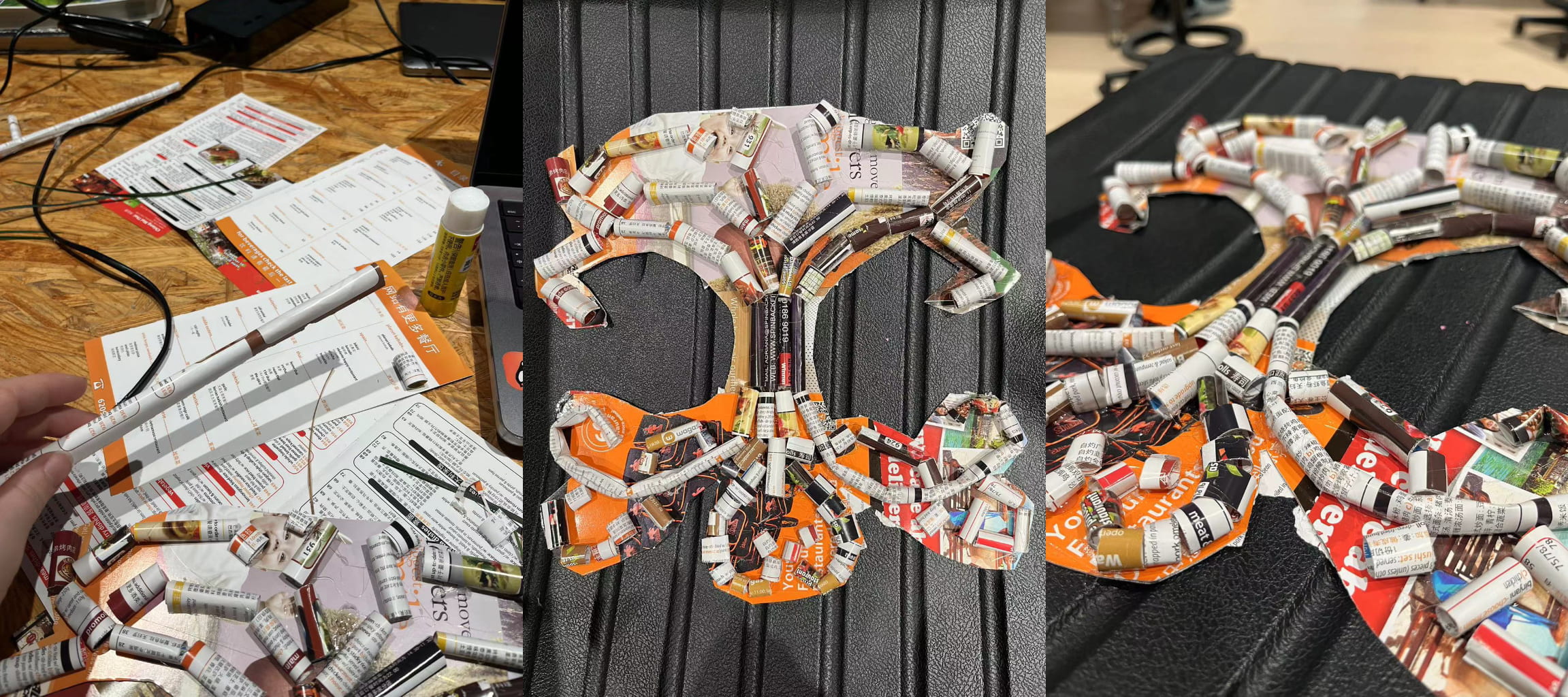
Our textile is made of paper rolls, and the pattern is the tree of life. We found the books in N3 IMA lab (the free books box, I love free books :D). The pattern in a sense echos with the materials because paper is made of wood! We made paper rolls of different thickness and lengths, cut them and glued them to another paper. The important thing is to make the pattern symmetrical.
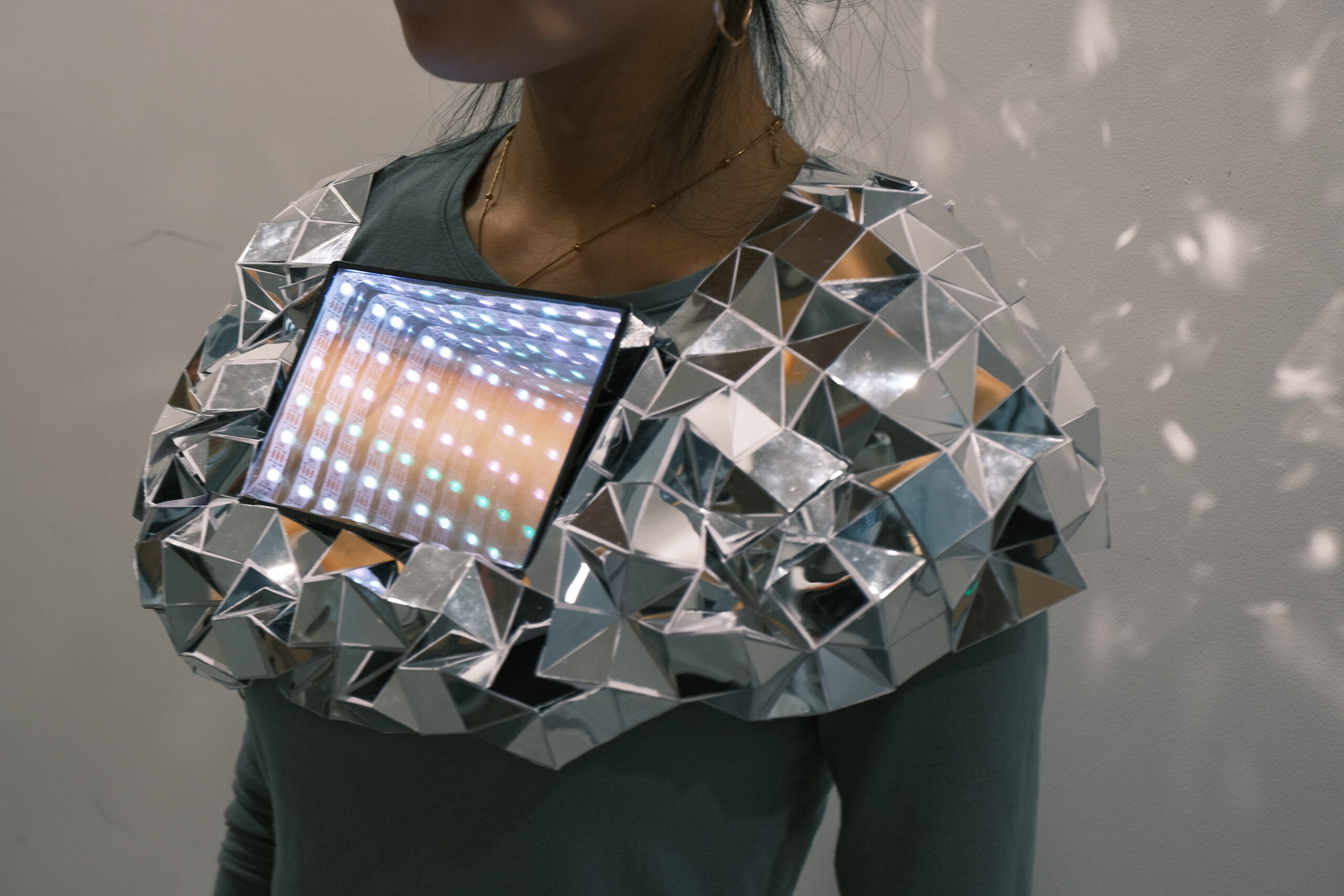
Leave a Reply